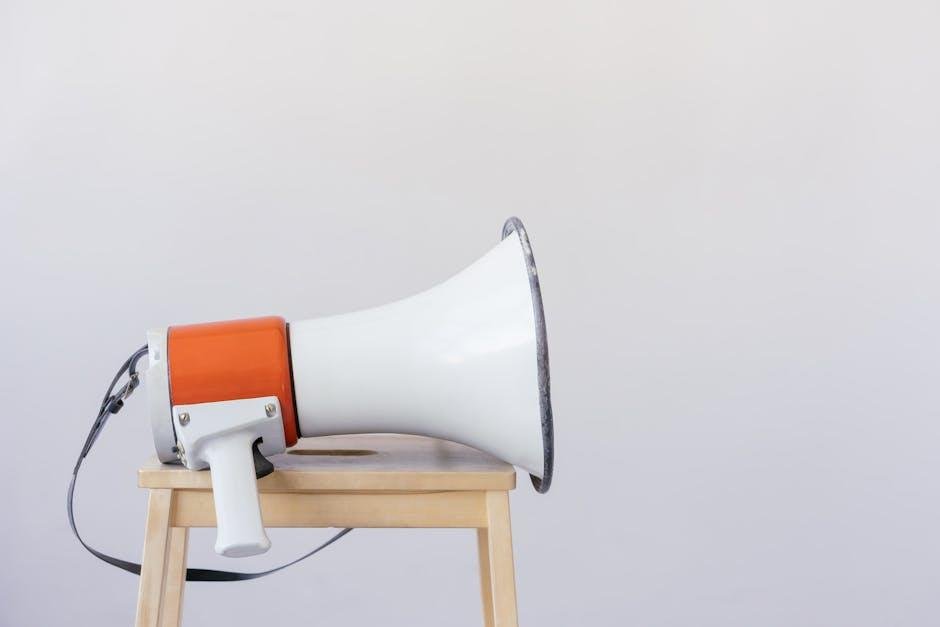Whether you’re a seasoned marketer or just starting out, writing great content is only half the job—editing it is where the true polish happens. Too often, content creators rush to hit “publish” without scrutinizing what they’ve written. The result? Missed opportunities to make your message sharper, clearer, and more effective.
To help you produce refined, reader-ready content every time, here’s a practical self-editing guide. These steps are designed to help you assess your writing critically, maintain consistency, and communicate more powerfully.

1. Step Back Before You Edit
One of the most valuable things you can do after writing is to walk away—temporarily. Giving your mind some distance allows you to return to your work with fresh eyes. Even a short break of 15–30 minutes can help you spot awkward phrasing or gaps in clarity that weren’t obvious before. Better still, leave your draft overnight if deadlines allow.
2. Read Your Content Out Loud
Reading aloud forces your brain to process each word, making it easier to catch clunky sentences, unnatural rhythms, or jarring transitions. What might seem fine on screen can suddenly feel off when spoken. If you stumble while reading a sentence, your reader likely will too.

3. Eliminate Filler Words and Redundancies
Words like “really,” “just,” “very,” and “actually” often dilute your message. The same goes for repetitive phrases that don’t add value. Trim the fat. Strong writing gets to the point without unnecessary clutter. Ask yourself: is this word or sentence helping the reader, or just filling space?
4. Tighten Up Your Structure
Structure is more than having an introduction, body, and conclusion. Strong content flows logically, guiding the reader from point to point. Look for abrupt jumps in thought or weak transitions. Consider whether the order of sections or paragraphs can be improved. Headlines and subheads should act like signposts, helping the reader navigate easily.
5. Check for Tone and Voice Consistency
Are you maintaining the same tone throughout? A casual introduction followed by a formal body feels disjointed. Likewise, if your brand voice is friendly and conversational, don’t slip into overly technical or stiff language midway through. Your voice should be steady and aligned with your audience’s expectations from start to finish.
6. Focus on Clarity
Great writing isn’t about sounding smart—it’s about being understood. Trade jargon for clarity, and explain complex ideas in simple terms. If your content includes statistics, data, or niche concepts, make sure they’re explained in a way that’s accessible to a general reader. You’re not dumbing things down—you’re making your writing inclusive.

7. Verify Facts, Links, and Sources
Always double-check any statistics, quotes, or references. Broken links or inaccurate claims damage your credibility. Make sure your sources are up to date, relevant, and reliable. If you’re referencing a study, confirm the publication date and original context. Accuracy builds trust.
8. Use Active Voice
Passive constructions often feel vague or impersonal. For instance, “The report was written by the team” is less direct than “The team wrote the report.” Active voice injects energy and clarity into your writing, keeping the reader engaged. Look for passive sentences and revise where possible.
9. Optimize for Readability
Modern readers skim before they commit. Help them by using short paragraphs, bulleted lists, and clear subheadings. Long, dense blocks of text are intimidating and often skipped. Aim for visual breathing room and logical formatting that makes your ideas easy to absorb.
10. Proofread Last, Always
Editing and proofreading are not the same. Once you’ve refined structure, clarity, and flow, it’s time to zoom in on grammar, punctuation, and spelling. Tools like Grammarly or Hemingway can assist, but never rely on them blindly. Read carefully, and when possible, get a second pair of eyes to review.
Final Thought
Editing your own work is both an art and a discipline. It requires stepping back, questioning every word, and revisiting the purpose behind your message. By incorporating these self-editing strategies into your routine, you’ll not only catch more mistakes—you’ll elevate the quality and impact of everything you write.
Start thinking of editing not as a chore, but as the second half of writing. The sharper your editing skills become, the stronger your content will be—and your readers will notice the difference.


